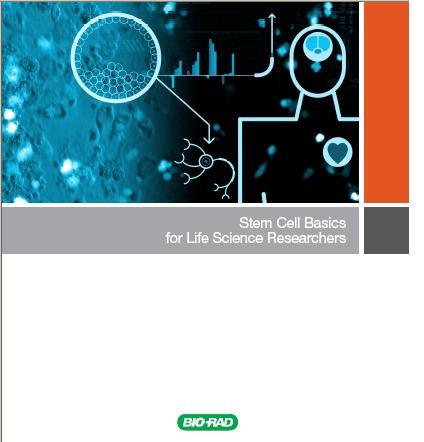The Gel Doc EZ imager from Bio-Rad Laboratories, Inc. was ranked by The Scientist as among the “Top 10 Innovations of 2010″ out of more than 60 entries reviewed.
According to The Scientist, “This year’s winners include essential tools, such as sequencers, imagers, and cell counters, which have the potential to simplify and streamline work in biology labs.”
The Gel Doc EZ system provides publication-quality images and analysis in seconds — with just the push of a button. The automated push-button functionality eliminates the need for researchers to manually manipulate filters, lenses, or lighting.
“I really value the Gel Doc EZ imager’s ease-of-use and speed as it gives our lab the ability to really speed up and do more science during the day,” said Dr Sriram Kosuri, Sc.D., a postdoctoral fellow at Harvard University’s Wyss Institute for Biologically Inspired Engineering. “In addition, the system gives us publication-quality gels, so there isn’t a sacrifice in quality or accuracy.”
The imager allows the use of multiple application-specific trays, including a UV tray for imaging fluorescent stains such as ethidium bromide, a white tray for imaging colorimetric stains such as Coomassie blue, and a blue tray for imaging green fluorescent dyes.
Stain-free technology shaves protein detection time down from hours to minutes
The Gel Doc EZ imager is the only gel documentation system capable of imaging stain-free gels. When researchers use the stain-free tray for imaging proteins separated by electrophoresis on Bio-Rad’s Criterion® TGX Stain-Free™ precast gels, staining protocols shrink from hours down to a five-minute activation and imaging process.
“Many labs stain gels with Coomassie Blue on a daily basis as part of their protein analysis experimental workflow,” said Brad Crutchfield, Vice President and Life Science Group Manager of Bio-Rad. “Imagine a technology that saves them hours every time they need to stain and image a protein gel. First, researchers can digitally image and analyze their samples with the same ease as a point-and-shoot consumer camera. Second, by using the stain-free feature, researchers can shave staining protocols from hours to five minutes.”
The key ingredient is a tri-halo compound incorporated into the Criterion TGX Stain-Free gels. After electrophoresis, the gel is subjected to UV irradiation in the Gel Doc EZ imager to activate a covalent reaction between the tri-halo compound and tryptophan residues. The resultant tryptophan adduct, which is fluorescent when excited by the same UV source, is then automatically imaged.
The list of The Scientist Top 10 Innovations of 2010 can be read at www.the-scientist.com/top10innovations. A video and detailed information about the Gel Doc EZ imager are available at www.bio-rad.com/top10innovations.
About the “Top 10 Innovations” List from The Scientist
The Scientist, a leading scientific magazine covering the life sciences, appointed an expert panel of judges who, in pushing technical boundaries, have collectively published more than 600 academic papers. This is the second annual ranking of life science innovations.
source: Bio-Rad Laboratories press release















